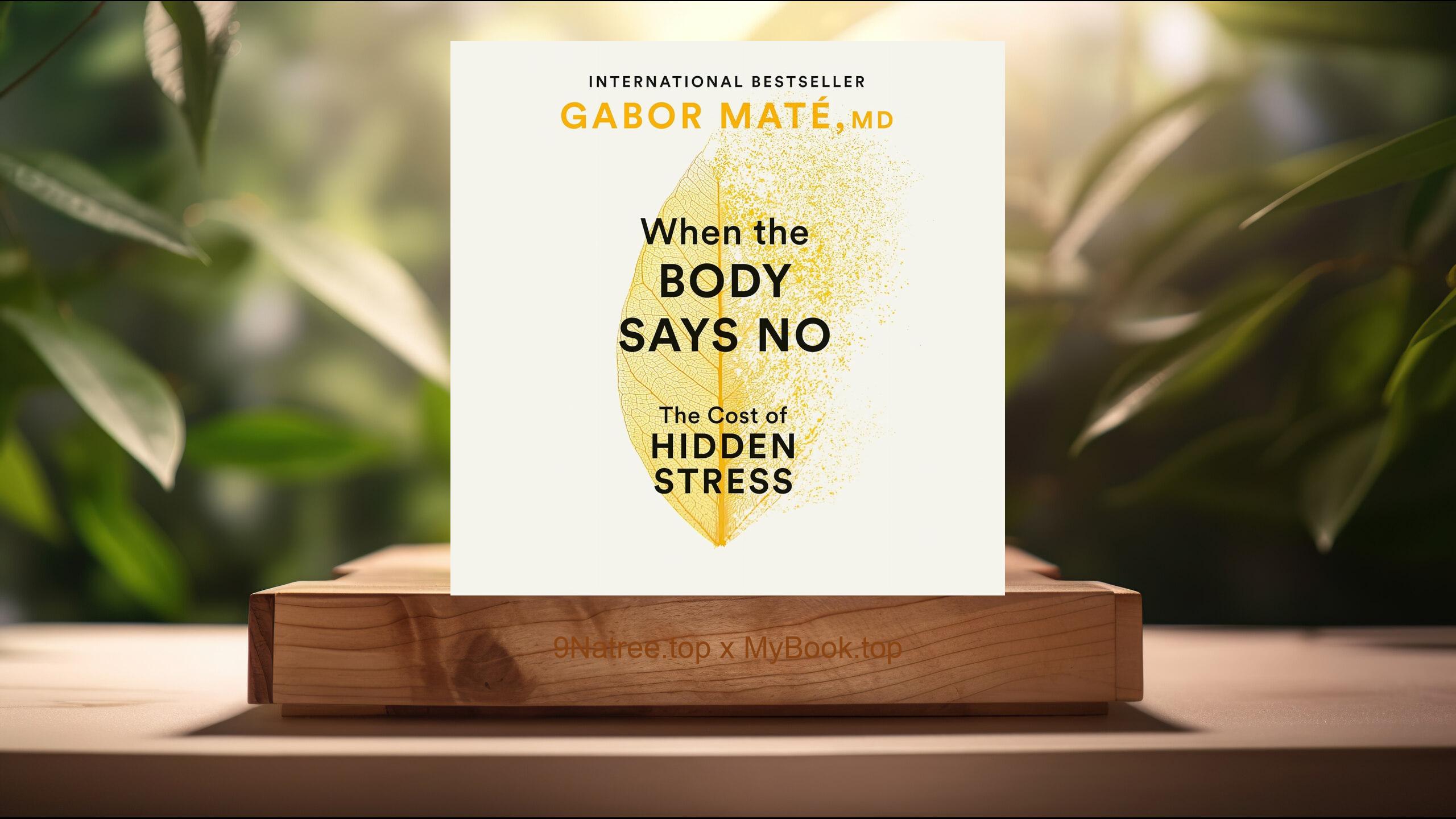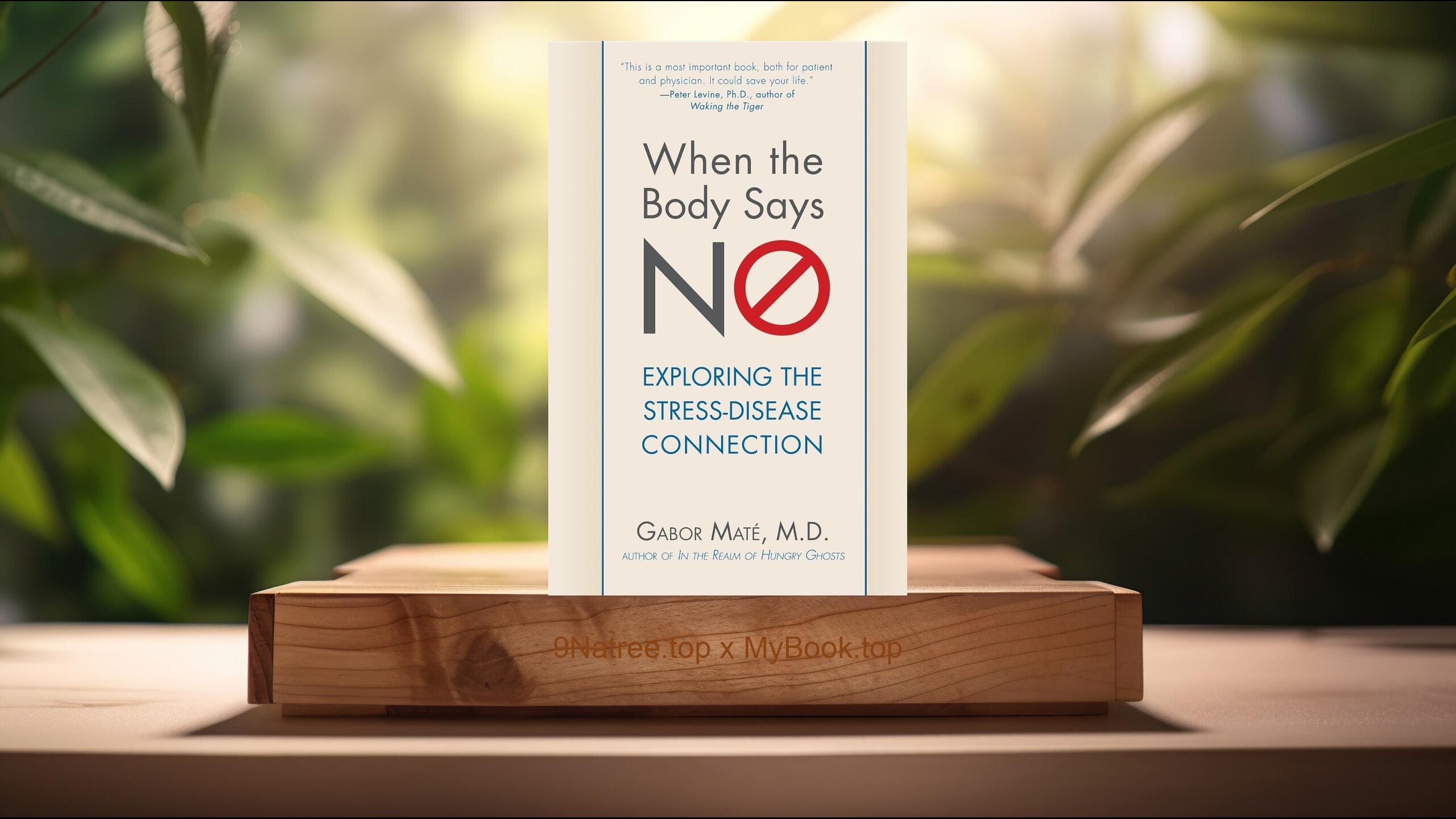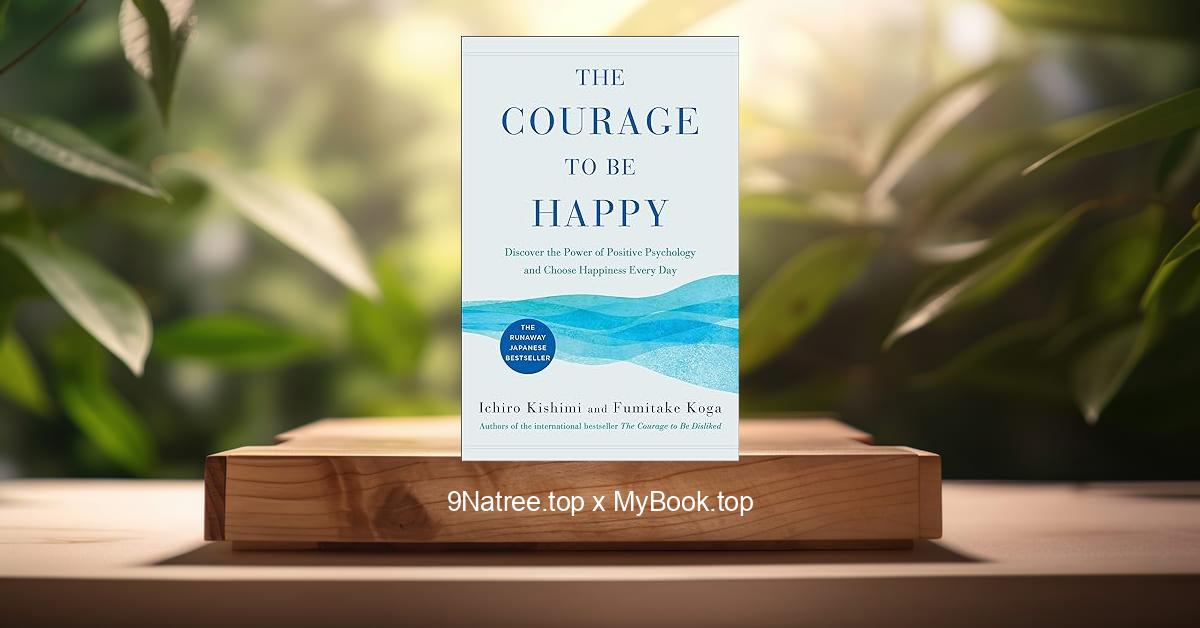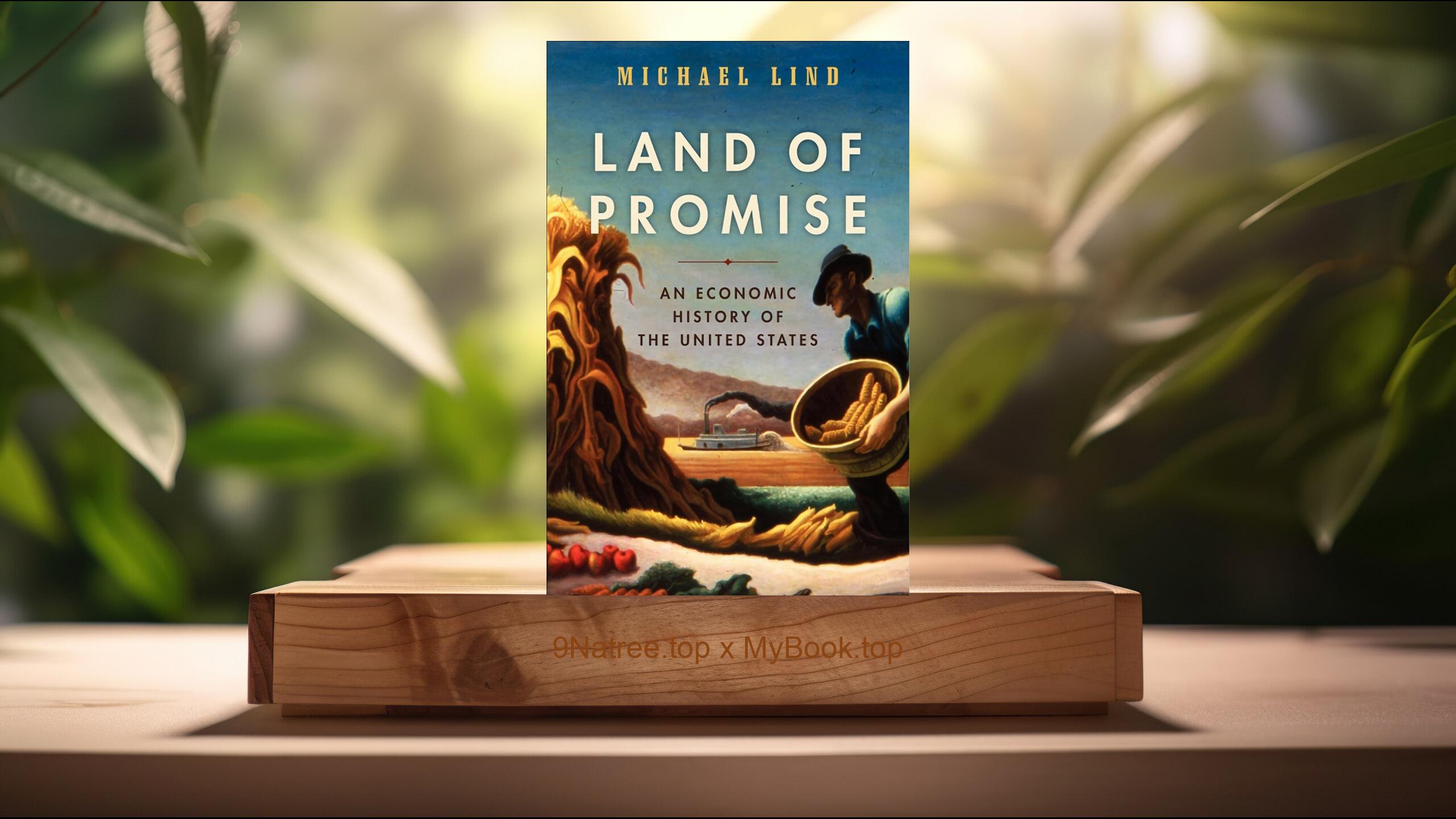Show Notes
- Amazon USA Store: https://www.amazon.com/dp/B093CNF73H?tag=9natree-20
- Amazon Worldwide Store: https://global.buys.trade/Whole-Brain-Living-Jill-Bolte-Taylor-PhD.html
- Apple Books: https://books.apple.com/us/audiobook/toddler-parenting-101-raising-children-the-right-way/id1542084989?itsct=books_box_link&itscg=30200&ls=1&at=1001l3bAw&ct=9natree
- eBay: https://www.ebay.com/sch/i.html?_nkw=Whole+Brain+Living+Jill+Bolte+Taylor+PhD+&mkcid=1&mkrid=711-53200-19255-0&siteid=0&campid=5339060787&customid=9natree&toolid=10001&mkevt=1
- Read more: https://mybook.top/read/B093CNF73H/
#wholebrainliving #JillBolteTaylor #neuroscienceandemotions #fourbraincharacters #emotionalregulation #neuroplasticity #selfawareness #personaltransformation #WholeBrainLiving
These are takeaways from this book.
Firstly, The Four Characters of the Brain, A central idea in Whole Brain Living is the model of the Four Characters, each representing different neural networks and ways of experiencing the world. Character 1 is the logical, organized left-brain thinker focused on details, goals, and control. Character 2 is the left-brain emotional self, driven by fear, judgment, protection, and past wounds. Character 3 is the right-brain experiential self, spontaneous, playful, creative, and present-focused. Character 4 is the right-brain peaceful self, connected, compassionate, expansive, and spiritual. By naming and understanding these four characters, Taylor gives readers a simple language to identify which part of them is speaking at any moment. This framework demystifies why we sometimes feel conflicted, self-sabotaging, or emotionally overwhelmed. Instead of viewing ourselves as one fixed personality, we can recognize our inner team and learn to consciously invite the most helpful character forward. This insight alone can shift how we interpret our moods, reactions, and choices in daily life.
Secondly, Harnessing Neuroplasticity for Emotional Freedom, Taylor highlights neuroplasticity, the brain’s ability to rewire itself, as the foundation for personal change. Our repeated thoughts and emotional reactions are not destiny; they are habits encoded in neural circuits that can be reshaped through deliberate practice. When Character 2, the fearful and reactive part of the brain, gets triggered, it sends a wave of survival-based emotions. Taylor explains that such emotional circuits run for about 90 seconds unless we refuel them with more fearful thoughts. By understanding this process, we can interrupt the automatic cycle of anxiety, anger, or shame. The book provides practical tools to use the other characters, especially Character 4’s calm presence and Character 1’s rational clarity, to rewrite these patterns. Over time, choosing different responses literally changes the wiring of the brain. This approach gives readers hope and responsibility: we are not stuck with our emotional conditioning, and we can actively build new pathways toward resilience, calm, and joy.
Thirdly, From Inner Conflict to Inner Collaboration, Many people experience inner conflict as confusion, self-doubt, or self-sabotage, without understanding what is happening beneath the surface. Taylor reframes this struggle as a natural tension between the Four Characters of the brain. Character 1 wants order and productivity, while Character 3 seeks fun and novelty; Character 2 demands safety and protection, while Character 4 invites openness and trust. Rather than letting one character dominate or suppress the others, Taylor encourages creating a Whole Brain Team Meeting, an internal practice where each character gets a voice. By consciously listening to each perspective, we can make wiser, more balanced decisions that honor both our practical needs and emotional truths. This method is especially powerful for relationships and major life choices, where competing desires often pull us in different directions. When we treat our inner world as a collaborative team rather than a battlefield, we reduce self-judgment, increase self-trust, and respond to challenges with more confidence and clarity.
Fourthly, Healing Trauma, Anxiety, and Emotional Reactivity, The book offers a compassionate, science-based perspective on emotional pain, especially the patterns rooted in Character 2. This part of the brain stores our fears, resentments, and painful memories, and is constantly scanning for danger. When activated, it can flood us with anxiety, anger, or defensiveness, making us feel trapped in old stories. Taylor explains how to recognize when Character 2 is running the show and how to soothe and support it rather than fight or deny it. Using the awareness of all four characters, we can comfort our wounded self with Character 4’s unconditional compassion, organize practical steps with Character 1, and introduce playfulness and creativity through Character 3. This integrated approach helps release the grip of trauma and emotional reactivity, not by erasing the past but by changing our relationship to it. Readers learn that healing is less about silencing emotions and more about bringing the whole brain together to respond with understanding, safety, and hope.
Lastly, Living a More Connected, Meaningful, and Joyful Life, Beyond emotional management, Whole Brain Living points toward a deeper transformation in how we experience life itself. Character 4, the right-brain peaceful self, perceives connection, awe, and unity with others and the world. Taylor describes this state as expansive, loving, and grounded in the present moment. By intentionally activating this character more often, we can soften isolation, cynicism, and relentless self-criticism. The book encourages daily practices that integrate all four characters: setting clear intentions with Character 1, honoring emotions with Character 2, engaging curiosity and play with Character 3, and resting in gratitude and compassion with Character 4. This whole-brain engagement can change how we approach relationships, work, health, and personal growth. Instead of feeling pulled in conflicting directions, we experience a more coherent sense of self and purpose. The result is not perfection but a richer, more balanced life where joy, meaning, and inner peace become realistic, repeatable experiences rather than rare exceptions.
![[Review] Whole Brain Living (Jill Bolte Taylor PhD) Summarized](https://episodes.castos.com/660078c6833215-59505987/images/2231239/c1a-085k3-47mq7xjgf88-r3imhu.jpg)




